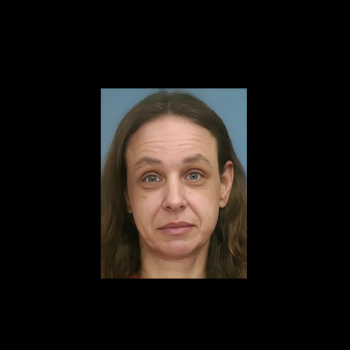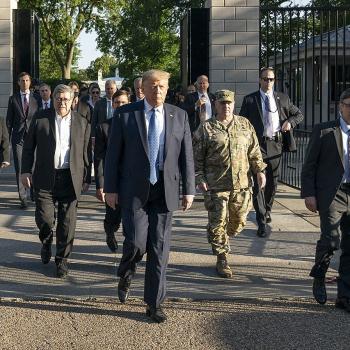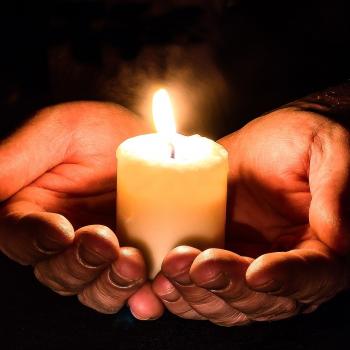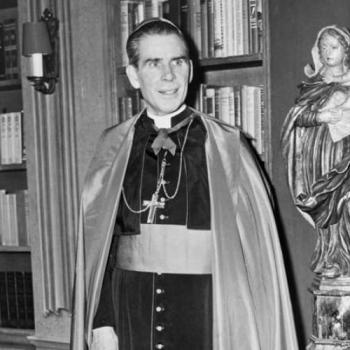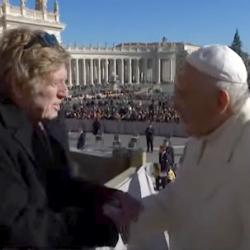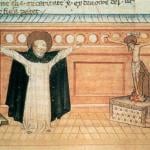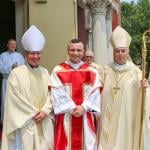Interesting item that offers some novel ideas on preaching, from The Christian Science Monitor:
After a week of painting art by day and playing saxophone in a funk band by night, Katie Runde still manages to roust herself for church. One big reason: On any given Sunday, she’s either giving the sermon at Christ Episcopal Church in this central Vermont town, or she’s listening as a friend takes a turn from the pulpit.
As two dozen people gather for worship and face each other in rows of cushioned chairs, they’re looking at the corps of preachers. The keyboardist, the social justice activist, and Ms. Runde, a young artist, are just three of the 10 who take turns giving the weekly sermon. This isn’t how anyone here experienced church growing up, when a familiar priest or pastor gave a seminary-shaped message from the pulpit every week.
“If I’m in a rut, sometimes I’ll sign up for preaching, and it always helps,” says Runde. “You’re keeping the congregation in mind while you’re writing it. You have to reach out, not just turn inward.”
Christ Church is tapping the preaching talents of members of its congregation because, like thousands of churches that have had to slash costs in recent years, it has done away with full-time clergy. Christ Church has no paid staff. Its priest, the Rev. Shelie Richardson, is an insurance agent who got ordained in order to serve her home church as a part-time volunteer cleric. In addition to celebrating the Eucharist (the Lord’s Supper) regularly, Ms. Richardson preaches several times a year, but isn’t expected to bear the duty alone. That’s for the congregation to do together.
“It’s up to us to keep the church alive,” says Runde. “In some ways, it’s more alive because every member is active.”
What’s emerging at Christ Church is an example of a quiet but revolutionary shift under way in American mainline Protestantism. Across the country, hundreds of long-established congregations are finding new roles for laypeople as the churches undergo a fundamental change from full-time to part-time clergy.
Photo: Deacon Greg Kandra




